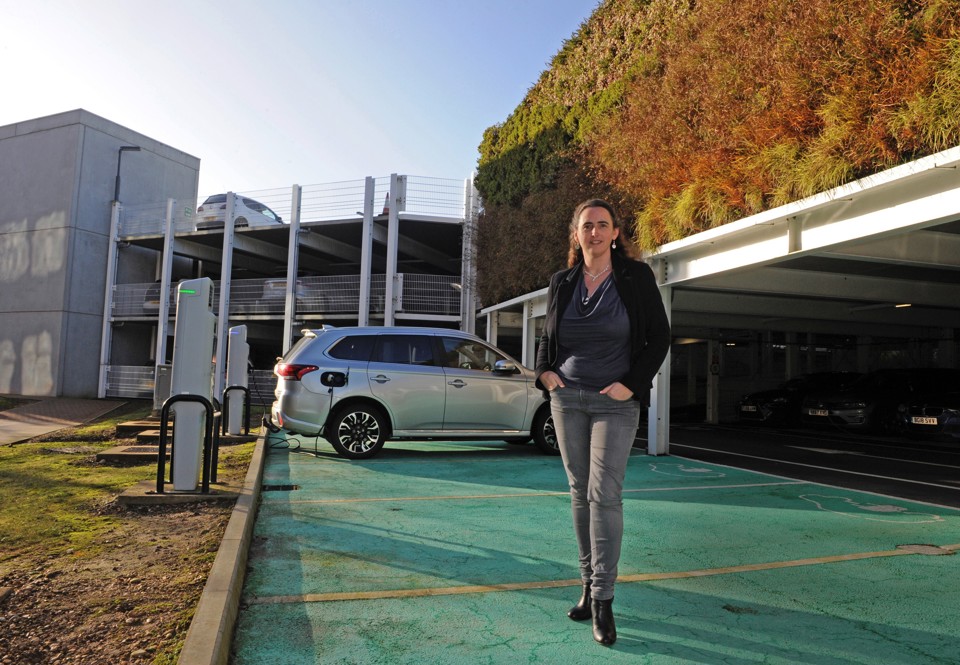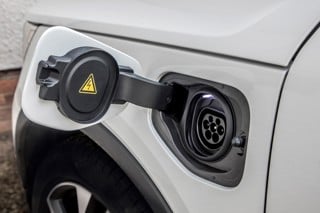National Grid has decided to pay its electric vehicle (EV) company car drivers more than twice the Government’s recommended reimbursement rate for business mileage.
Employees will receive 12p per mile (ppm) – 7ppm more than HMRC’s current advisory electricity rate (AER) – with the additional cash paid monthly through payroll.
The increase will be backdated to April, when the energy price cap rose by 54%, to ensure none of National Grid’s 700 EV drivers are left shortchanged.
The utility company has chosen the RAC Charge Watch average price for using ultra-rapid chargers to set its reimbursement rate, which will be subject to a monthly review.
The rate is 12ppm, while the average price for using rapid chargers is 10ppm, according to the RAC. Lorna McAtear, National Grid fleet manager, told Fleet News the changes were being introduced on a temporary basis.
“We don’t yet know what the longterm solution is,” she said, “but we knew our drivers were out of pocket.”
With 400 internal combustion engine (ICE) drivers as well, National Grid has also increased petrol and diesel reimbursement rates to better reflect pump prices.
“The changes reflect there is a gap between what’s advised (by HMRC) and what’s happening in reality,” added McAtear.
However, with the methodology used by HMRC to set advisory fuel rates (AFRs) “much clearer”, McAtear said she was able to change fossil fuel rates within National Grid’s own systems, without the potential tax risks associated with increasing its electric reimbursement rate.
BRAINSTORMING THE OPTIONS
In order to remain compliant when increasing the mileage rate for electric company car drivers, she set up a working group with colleagues from National Grid’s rewards, tax and system teams, brainstorming all the available options, before submitting a report to senior management.
“The current (AER) methodology was designed only for home charging so the rules that apply to it in the way they do with AFRs don’t quite work and it causes companies a bit of a problem, because anything you do potentially opens you up to tax risks,” McAtear said.
National Grid’s EV drivers are continuing to submit their mileage expenses which are reimbursed at HMRC’s rate of 5ppm.
A monthly mileage report for each employee then allows the additional 7ppm to be paid via its payroll system against a new wage code created for the EV mileage payment, which is subject to income tax and national insurance.
“They’re no longer effectively subsidising the company,” said McAtear. “We had to do something that was sensible while we keep looking for a long-term solution, but we don’t know what that will be yet. It may be this temporary solution becomes permanent or HMRC may change the methodology.”
McAtear, like many in fleet, is hoping HMRC may introduce changes to the AER to better reflect real-world driving.
The AER is calculated using two key elements: the average cost of electricity in the UK and average efficiency figures based on what EVs were on the market when the AER is reviewed annually.
A representative bundle of EVs available in 2018, when the AER was introduced, was able to travel, on average, 4.63 miles/kWh – a representative bundle in 2021, when the AER was increased from 4-5ppm, had an average of 3.69 miles/kWh.
With even more vehicles having larger, heavier, batteries and more SUVs in the model mix today, this will have changed further.
LOBBYING FOR AN INCREASE
The Association of Fleet Professionals (AFP) and the British Vehicle Rental and Leasing Association (BVRLA) have been lobbying for an overhaul of the way the mileage rate is calculated and for it to be increased.
They met with HMRC officials recently after amassing almost 100 real-world examples of drivers being left out of pocket from the current AER, which is based on the 2021 average UK electricity price of 18.9p/kWh.
Industry experts are predicting wholesale electricity prices will more than double this winter, raising the Standard Variable Tariff set by Ofgem to around 60p/kWh, up from the current 28p/kWh following April’s energy price cap increase.
> Interested in comparing electric vehicle data? Check out our EV tool.
> Interested in ensuring the efficient use of EVs. Check out our dedicated editorial sections: Insight & policy | EV news | Charging & infrastructure | Costs & incentives | Benefit-in-kind | EV case studies | EV road tests






















Login to comment
Comments
No comments have been made yet.